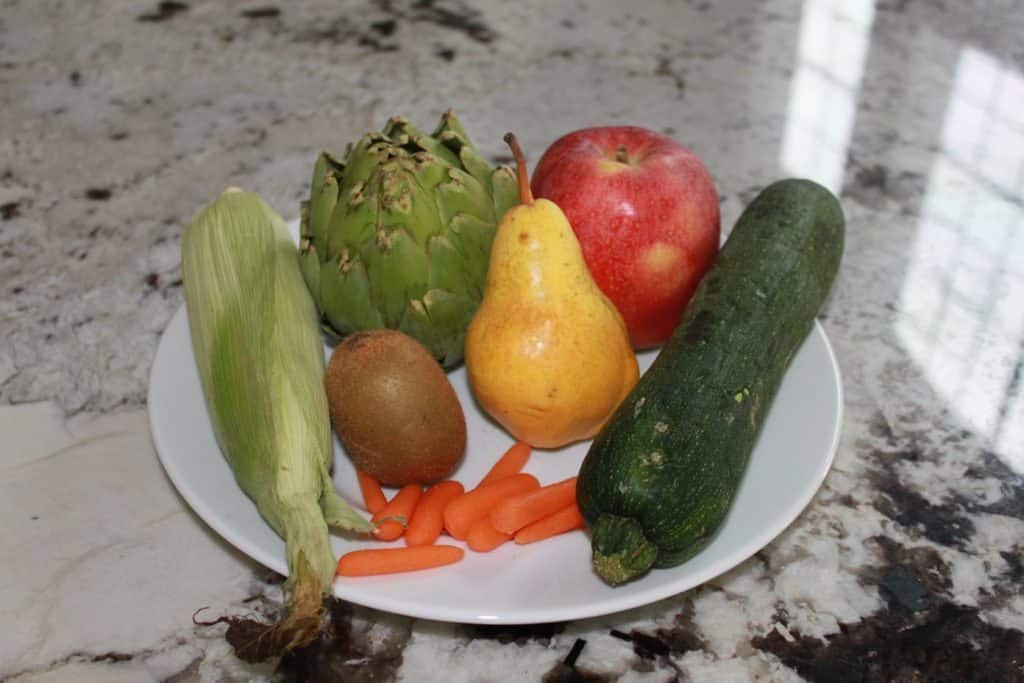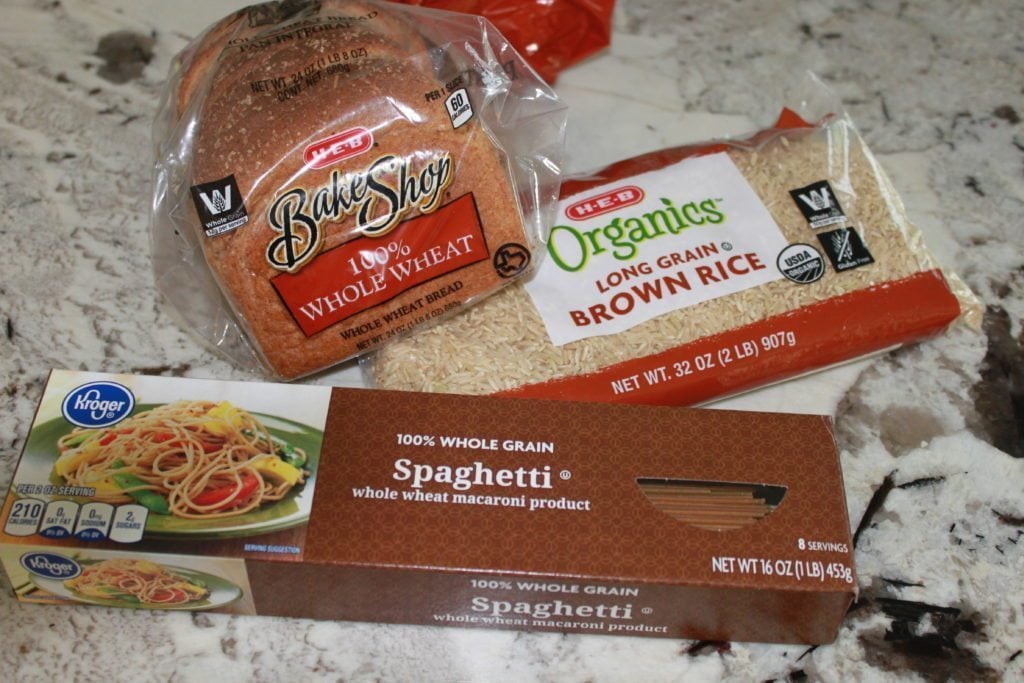We have all heard that fiber is an essential part of our diet. A diet high in fiber helps keep bowel movements regular, helps control cholesterol and blood sugar levels, and can even help you lose weight! But what exactly is dietary fiber, and how do I know if I am eating enough? Here are some facts regarding fiber and tips on increasing your fiber intake daily.
What is Dietary Fiber?
Dietary fiber is the part of food that your body doesn’t digest.1 It passes through your digestive tract and out of your body in the form of, well, poop. The bulk provided by dietary fiber, coupled with the slow movement of high-fiber foods throughout your body, tends to make you feel full quicker and longer than foods low in fiber. This feeling of satiety can result in the consumption of fewer calories and, therefore, weight loss! Fiber can also help control blood sugar levels by slowing down the breakdown of carbohydrates and the absorption of sugar in your body.2

What Foods Are High in Dietary Fiber?
- Whole grain products: Oatmeal, brown rice, wild rice, 100% whole wheat bread and pasta
- Fruits and Veggies
- Beans, peas, and other legumes
- Nuts and seeds
Whole Grain vs. Refined Grain
Whole grain means that the grain has not been processed and contains all three components of the grain kernel: bran, germ, and endosperm.3 Refined grains (such as white bread and white rice) have been milled, meaning the bran and the germ have been removed. What is so important about the bran and the germ? Bran is rich in dietary fiber, B Vitamins, and minerals, and the germ is rich in antioxidants, Vitamin E, and healthy fats. When you choose refined grains over whole grains, you miss important nutrients and antioxidants!

Tips for Increasing Fiber Intake
- When possible, leave the skin and peel on fruits and veggies.
- Start your morning off with cereal or oatmeal. Look for products that have more than 5 grams of fiber per serving.
- Choose whole grains instead of refined grains. The best way to determine if a product is a whole grain is to check the ingredients label for the word “whole” before the first ingredient, such as “whole wheat flour” or “whole grain brown rice.” If you see the word “enriched flour” or “bleached flour,” your product is not whole wheat.
- Choose whole fruits and vegetables over juices.
- Make sure to drink plenty of water to stay hydrated and prevent constipation.






























